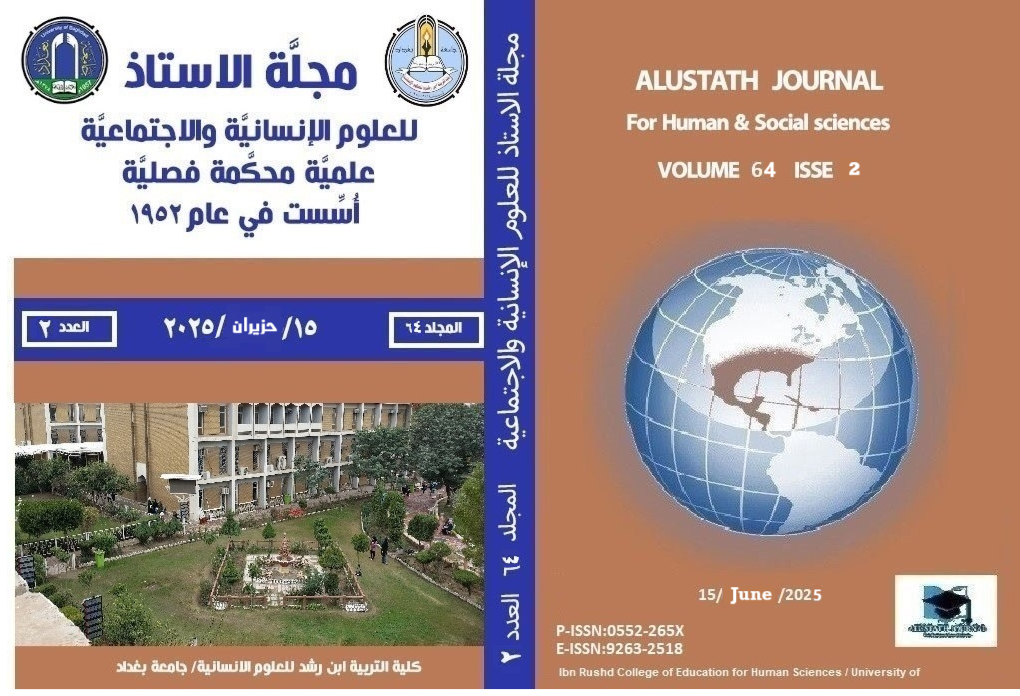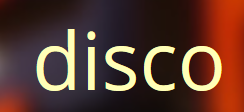A Sociopragmatic Study of Emojis as Non-Verbal Cues in Virtual Team Meetings
DOI:
https://doi.org/10.36473/eacnfr04Keywords:
Emoji Use, Virtual Team Meetings, Non-Verbal Cues, Digital Communication, Professional DiscourseAbstract
The sociopragmatic study examines the use of emojis as non-verbal cues in virtual team meetings, analyzing their linguistic and pragmatic functions across professional domains, meeting types, and levels of formality. The study focuses on how emojis contribute to meaning-making in remote work settings using platforms like Zoom, Microsoft Teams, and Slack. It draws on a dataset of 50 virtual meetings from technology, education, health, and finance sectors, with informed consent from participants. This diverse sample allows for an exploration of emoji use across various organizational cultures and communication practices. The study categorizes meetings into four types: routine check-ins, brainstorming sessions, project updates, and feedback meetings. This classification facilitates a detailed analysis of how meeting types influence emoji use. The research highlights how formality impacts the frequency, purpose, and nature of emoji use in professional interactions. Grounded in speech act theory (Austin, 1962; Searle, 1975) and politeness theory (Brown & Levinson, 1987), the study argues that emojis serve linguistic functions beyond decoration. By emphasizing their sociopragmatic role in maintaining transactional and relational communication, the paper provides a framework for understanding how digital non-verbal cues enhance communication in evolving virtual environments.
Downloads
References
Austin, J. L. (1962). How to do things with words. Oxford University Press.
Brown, P., & Levinson, S. (1987). Politeness: Some universals in language usage. Cambridge University Press.
Fraser, C., & Nolen, W. A. (1981). The association of politeness with indirect speech acts. Journal of Psycholinguistic Research, 10(5), 559-571.
Goffman, E. (1959). The presentation of self in everyday life. Anchor Books.
Grice, H. P. (1975). Logic and conversation. In P. Cole & J. L. Morgan (Eds.), Syntax and semantics (Vol. 3, pp. 41-58). Academic Press.
Heritage, J. (2005). Conversation analysis and institutional talk. In K. Fitch & R. E. Sanders (Eds.), Handbook of language and social interaction (pp. 201–230). Lawrence Erlbaum Associates.
Hilal, M. H. A., & Qader, I. A. I. M. (2024). A proposed program based on communication theory to develop digital reading skills for primary school students. Alustath Journal for Human and Social Sciences, 63(2), 121-145
Holtgraves, T. M. (2002). Language as social action: Social psychology and language use. Lawrence Erlbaum Associates.
Kádár, D. Z., & Haugh, M. (2013). Understanding politeness. Cambridge University Press. https://doi.org/10.1017/CBO9781139382717
Mostafa, M. S., & Nayyef, A. G. (2018). Criticize the criticism in Arabic critical tradition ElSherif Elmurtadha as a sample. Alustath Journal for Human and Social Sciences, 225(1), 59-76.
Rahman, T. H., & Al-Saad, M. A. (2021). Pragmatic dimensions of digital symbols in online communication. Alustath Journal for Human and Social Sciences, 61(3), 78-95.
Roever, C., Fraser, C., & Elder, C. (2014). Pragmatics and language testing. In T. McNamara & C. Roever (Eds.), The Routledge handbook of language testing (pp. 248-262). Routledge.
Schegloff, E. A. (2007). Sequence organization in interaction: A primer in conversation analysis. Cambridge University Press.
Weir, C. J. (2005). Language testing and validation: An evidence-based approach. Palgrave Macmillan.
Yousif, H. M. (2022). Emojis as multimodal enhancers in virtual communication. Alustath Journal for Human and Social Sciences, 63(1), 89-102.
Yus, F. (2011). Cyberpragmatics: Internet-mediated communication in context. John Benjamins Publishing Company.
Downloads
Published
Issue
Section
License
Copyright (c) 2025 Abdulkarim Jameel

This work is licensed under a Creative Commons Attribution 4.0 International License.











